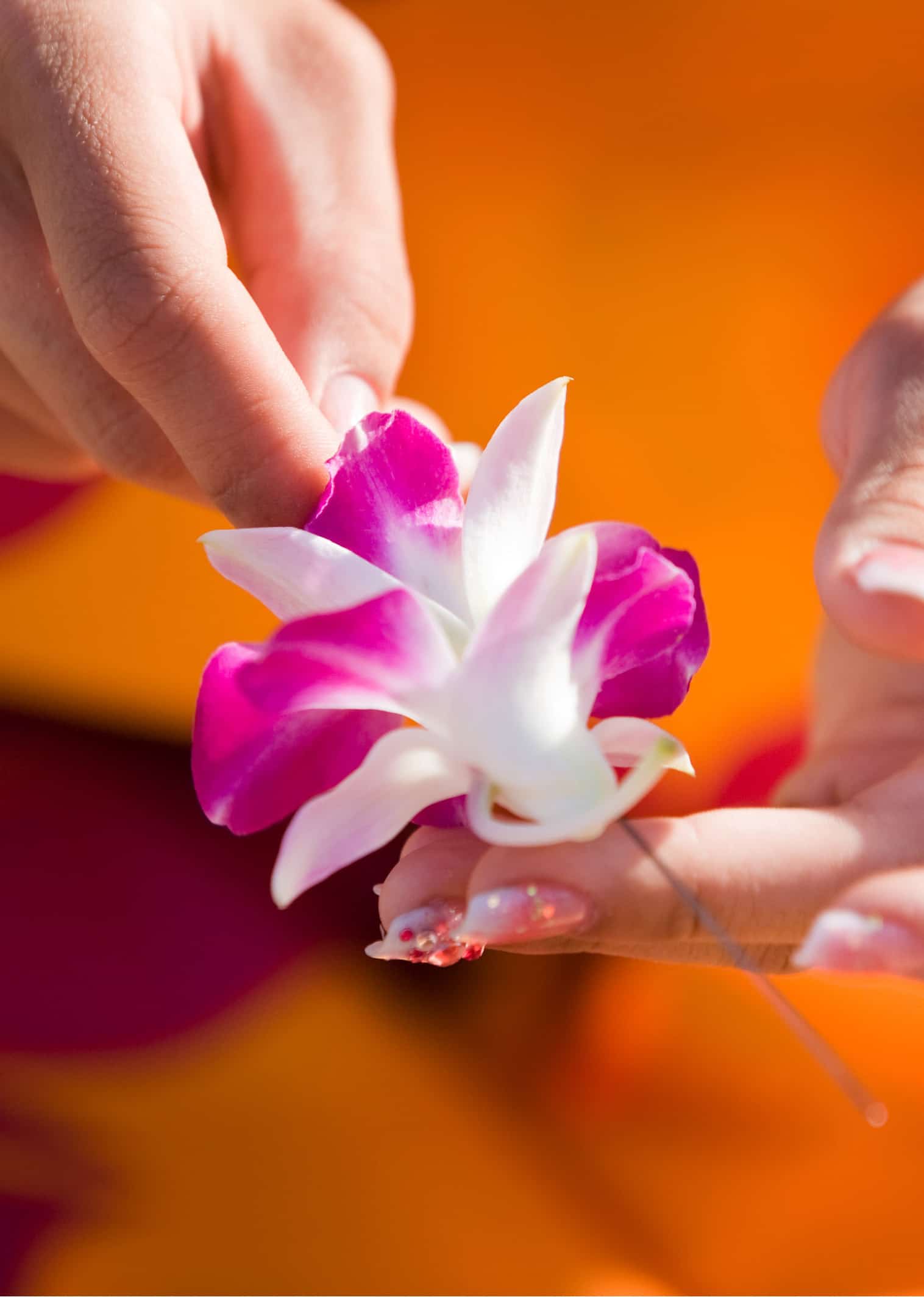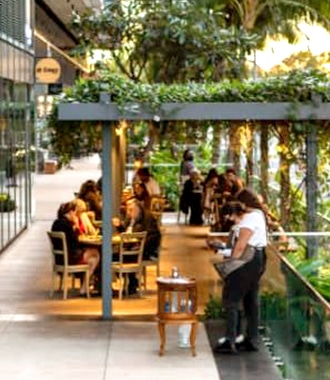Welcome to May Day in Hawai‘i Nei

While the springtime festival May Day is celebrated across the globe, Hawai‘i has made May Day all its own by honoring the lei and its unspoken expression of aloha. In Hawai‘i, May 1 is Lei Day, or as it’s said in the islands, “May Day is Lei Day in Hawai‘i Nei.” In 1928, writer and poet Don Blanding wrote an article suggesting that Hawai‘i should host a holiday dedicated to the tradition of making and wearing lei. The first Lei Day celebration was held that year on May Day, and the tradition has continued annually ever since.
The tradition of making and wearing lei dates back to the early Polynesian ocean voyagers and settlers that brought the knowledge, and plants, with them when they settled the Hawaiian Islands between 750 AD and the 1300s. After the long voyages ceased and Hawai‘i entered a period of isolation, the practice of lei making flourished and became highly specialized. Commoners and royalty wore lei for adornment and during activity, celebration, and rite, fusing ritual and nature with every aspect of life. Traditional Hawaiian lei were made mostly from hala fruit, ‘ōhi‘a lehua and ‘ilima blossoms, and ti and maile leaves. Lei were also made from kukui nuts, feathers, bone, and shells.
More than simply a string of flowers or a fragrant necklace, the lei embodies the aloha spirit—think of it as an expression of love such as someone’s arms wrapped around you in a hug, or a symbol of life with a string of beautiful memories and loved ones—and giving a lei is akin to sharing aloha, or one’s love. Lei can be worn around anything that can be encircled, such as the neck, wrists, ankles, and on the crown of your head, which is known as a haku lei or lei po‘o.
There are many ways to make lei, and different techniques are used with different flowers or leaves: pili is wrapping, haku is mounting against a backing material, kui is stringing, hili is braiding, wili is twining, and hipu‘u is tying together the items in a knotted fashion. Check out the most popular flowers and materials for lei making, and don’t forget that the most important part of Lei Day is sharing your aloha by giving lei.
The Language of Love
‘Okika – Dendrobium Orchid
The ubiquitous dendrobium orchid is most common flower used in lei production. A star-shaped flower in lavender, yellow, pink and white, the orchid is heartier than most flowers and can be strung together in different ways to produce many styles of lei.
Pikake – Arabian Jasmine
Pikake was brought to Hawai‘i by Chinese immigrants. The dainty, white jasmine flower is beloved for its sweet fragrant blossom. When hundreds of these little blossoms are strung together, they resemble strings of pearls.
Melia – Plumeria
Introduced to islands in the 1800s, fragrant plumeria flowers bloom all year in Hawai‘i and are seen in a wide variety of shapes and colors. For lei making, the white, yellow, pink, maroon, and sherbet colors tend to be the most popular.
Ponimo‘i – Carnation
One of King Kalākaua’s favorite flowers, the carnation, or ponimo‘i, was introduced to the Hawaiian Islands by Protestant missionaries in the 1800s. Lei with red flowers are typically worn by men, while women wear white carnations.
Kukui – Candle Nut
Royal Hawaiian chiefs once fancied the dark, smooth and shiny kukui nut lei. Brought by Polynesian settlers to the Hawaiian Islands, the kukui tree and its nuts were highly prized for their utility. The long-lasting kukui nut lei is a symbol of protection and peace.
Kī – Ti
Ti is ubiquitous in Hawai‘i. While there are many varieties with green, red, purple, and variegated colorations, green ti leaves are sought after for lei. Once reserved for Hawaiian royalty, braided ti lei are thought to possess healing power and protect the wearer against evil together.
Alyxia oliviformis – Maile
Maile is a vine that grows in forests across the Islands. Sought after for its woodsy scent with hints of vanilla and spice, the small, dark green leaves are braided together to form open-ended lei typically worn by men in very special occasions, such as weddings and graduations.






